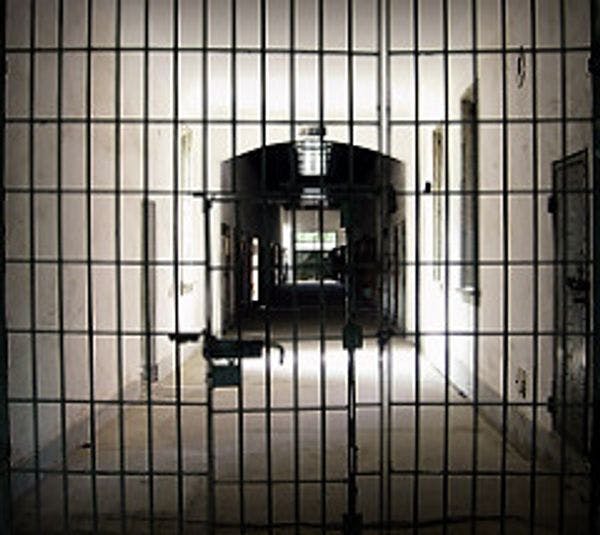How cannabis prohibition created a monster in UK prisons
by Josh Torrance
Synthetic Cannabinoids (SCs), commonly referred to by some of the more popular brand names they have been sold under including ‘Spice’, ‘K2’ and ‘Black Mamba’ have – in a very short space of time - overtaken heroin and cannabis to become the most commonly used drugs in UK prisons. They are synthetically manufactured substances that are chemically related to, and mimic some effects of THC in cannabis, but are substantially more potent, toxic and risky. Since the appearance of JWH-018 in 2008 (the first SC detected in a ‘legal high’ product) more than 160 different variants have been identified by the EMCDDA. One of the problems with trying to address issues relating to SC use is that they are not a single substance but an array of related substances that have different effects and risk profiles.
Whilst SC use has become a problem – particularly amongst some homeless and socially deprived populations, the rise of use in prisons has been particularly dramatic. In the past 5 years, seizures of the drugs within prisons have skyrocketed from 15 in 2010 to 737 in 2014. In a survey of 625 prisoners, User Voice found a third of respondents admitted to using SCs within the last month - with prisoners themselves estimating user rates to be even higher. The explosion in the use of SCs in prisons has directly corresponded to an upsurge of related health and behavioural problems. Deaths in custody are up from 192 in 2012 to 257 in 2015. Assaults have risen from 14,551 to 20,518 in the same period, not to mention the parallel increase in problems such as drug debts and prisoner intimidation.
Click here to read the full article.
Keep up-to-date with drug policy developments by subscribing to the IDPC Monthly Alert.
Thumbnail: Flickr CC Kim Daram
